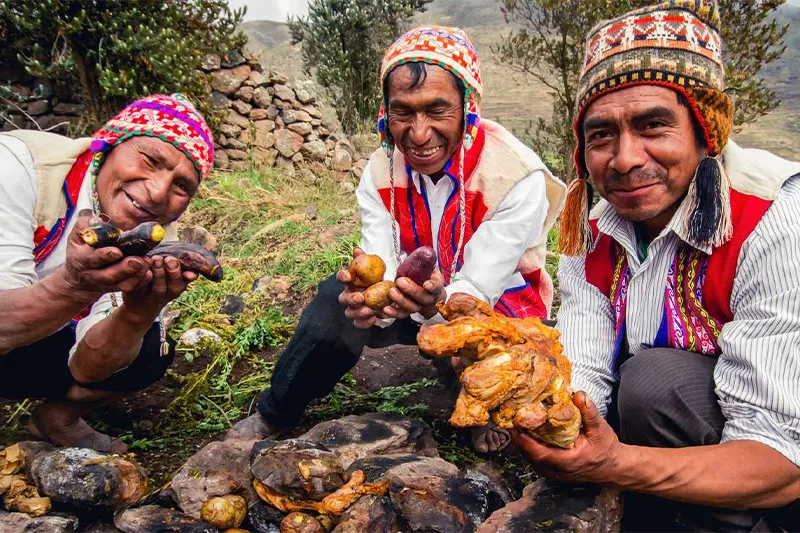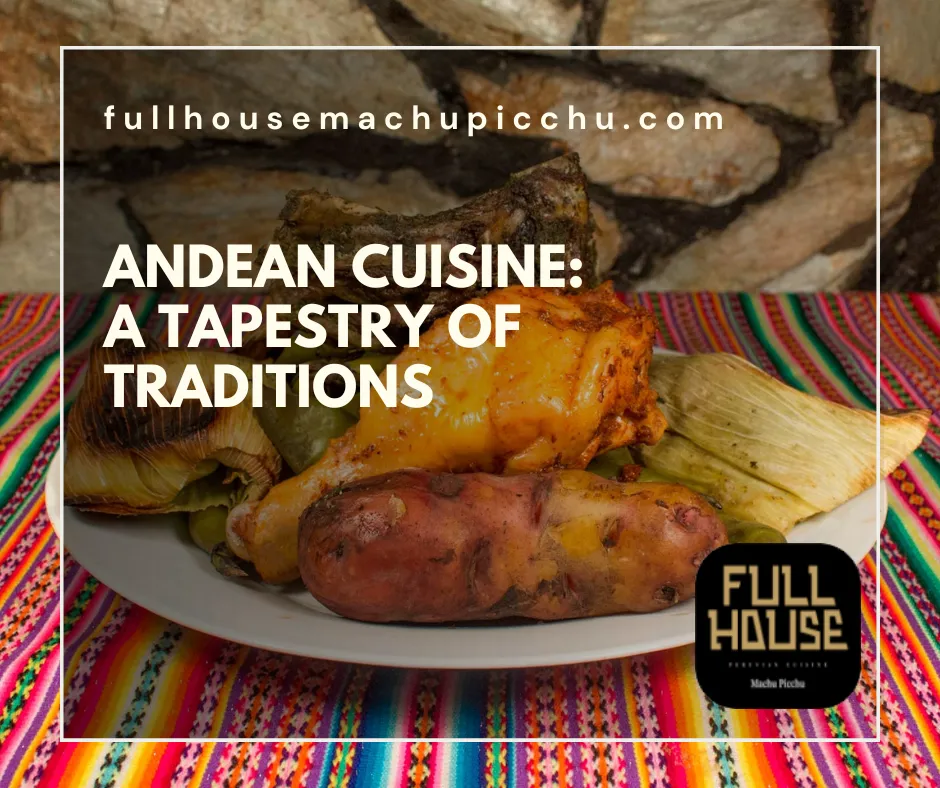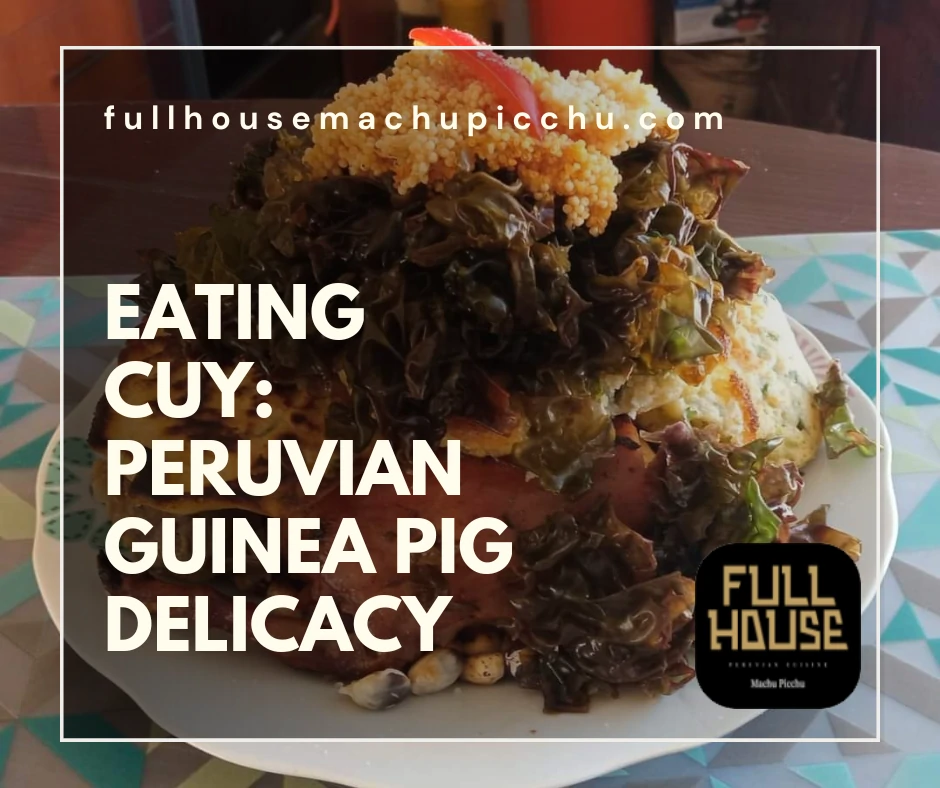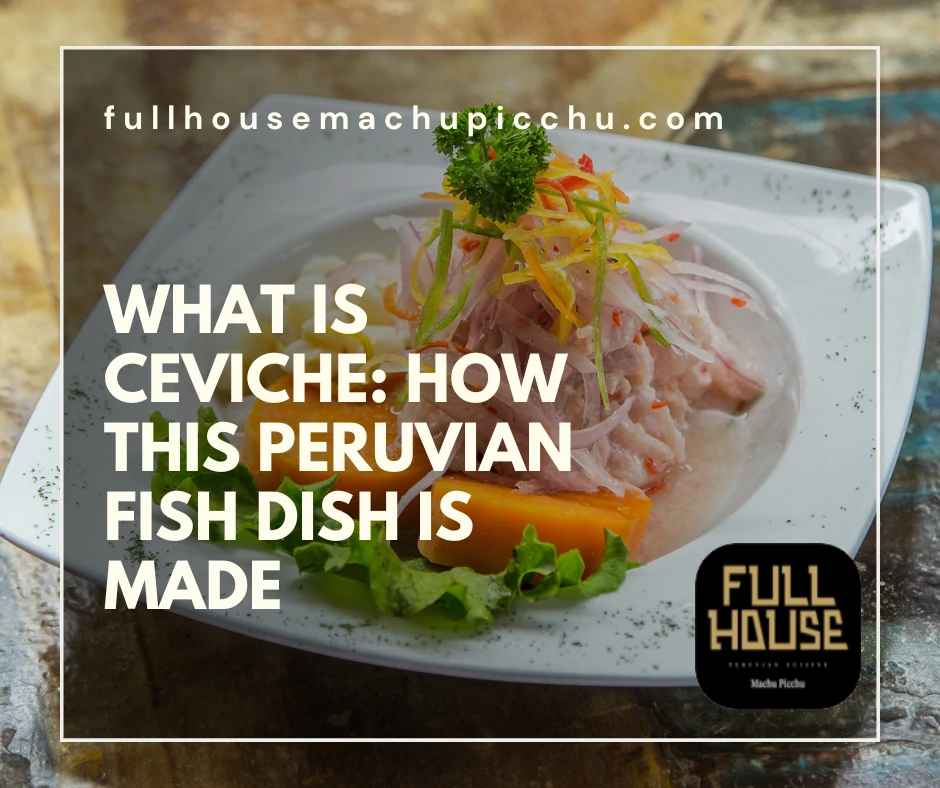Nestled among the majestic peaks and valleys, Andean cuisine emerges as a true gastronomic gem. With a history spanning thousands of years, this culinary art offers a rich blend of cultures and flavors. The diverse landscape, from high-altitude mountains to verdant valleys, has shaped its unique food traditions.
The tapestry of Andean dishes tells stories of ancient civilizations, colonial influences, and indigenous techniques. Each ingredient and method carries with it tales of survival, celebration, and community. Dive into this article to unravel the intricate weave of traditions that define Andean cuisine.
Elevated flavors: The influence of altitude on cooking
Andean cuisine showcases a blend of nature and tradition. Altitude significantly influences this mountainous culinary art. High elevations have a direct impact on cooking times and techniques.
For instance, water boils at a lower temperature in elevated areas. This factor affects how dishes are prepared and seasoned. The prolonged cooking methods often required enhance flavors deeply, resulting in rich and savory dishes.
Cooking with quinoa, a staple in Andean cuisine, exemplifies this. Quinoa, when cooked at high altitudes, absorbs flavors differently. Its grains become fluffier and it integrates well with other ingredients.
The flavors of Pachamanca, a traditional feast cooked underground, benefit from this elevation. The meats and vegetables in Pachamanca slowly cook, drawing out every bit of flavor. This method reflects the marriage of earth and altitude in Andean cuisine.
Additionally, altitude affects ingredient quality. Many ingredients, exclusive to Andean cuisine, grow better in the mountains. Their flavors become more pronounced and robust, setting the stage for unforgettable dishes.
In essence, it is a testament to nature’s influence on food. Every bite speaks of its mountainous origin, capturing the heart of high-altitude cooking.

Ancient ingredients, modern palate: The continuity of culinary Heritage
Andean cuisine is a harmonious blend of past and present. Time-honored ingredients meet contemporary tastes, creating a unique culinary narrative. This blend celebrates the region’s rich heritage while catering to modern palates.
Moraya, a freeze-dried potato technique, exemplifies this fusion. Ancient Andean communities developed this preservation method. Today, chefs use Moraya to craft innovative dishes, paying homage to traditional techniques.
Peruvian potatoes, with their diverse varieties, play a pivotal role. Cultivated for thousands of years, these potatoes are now globally celebrated. They’ve become indispensable in many dishes, connecting history with the present.
Andean cuisine seamlessly integrates these age-old ingredients. They become the foundation for both traditional dishes and modern culinary experiments. The result? A delightful array of flavors capturing the essence of the Andes.
Simultaneously, contemporary chefs are redefining Andean cuisine. While they respect the lineage, they’re not shy about experimentation. This ensures that Andean cuisine remains vibrant, evolving, and delightfully unpredictable.
This cuisine tells stories of times gone by. Yet, it eagerly embraces the present, ensuring its relevance and continuity. The ancient ingredients, combined with a modern touch, keep this culinary heritage alive and thriving.
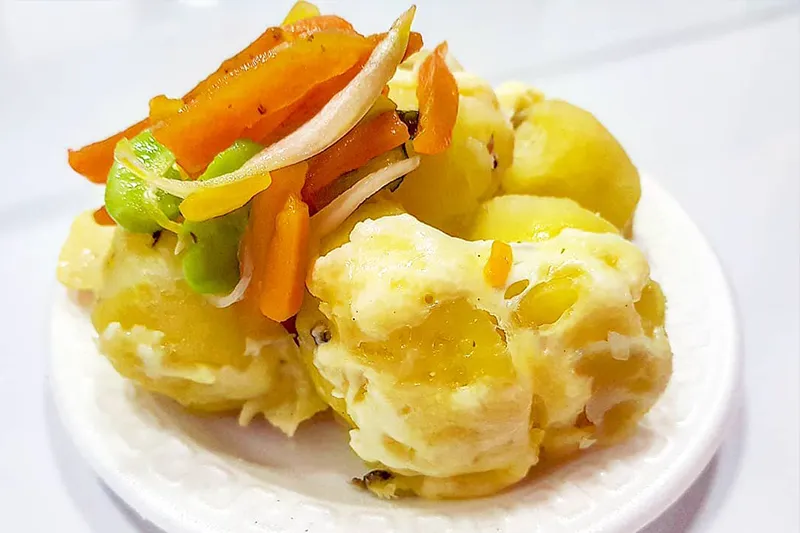
From festive feasts to daily dishes: Celebrating diversity in Andean meals
Andean cuisine thrives on diversity and tradition. From grand celebrations to everyday meals, it offers a rich spectrum of flavors and techniques. This variety reflects the region’s vast cultural tapestry.
Pachamanca serves as a prime example of festive feasting. Historically, communities came together, cooking meats and tubers underground. These feasts celebrated milestones, harvests, and communal bonds.
On the other hand, daily dishes showcase Inca nutrition principles. Corn, potatoes, and legumes form the staples of everyday meals. Their nutrition-focused approach has endured through centuries, benefiting modern generations.
Andean cuisine doesn’t shy away from variety. Be it a festival or a weekday dinner, its dishes are flavorful. This diversity ensures there’s something for everyone, regardless of the occasion.
Another hallmark of Andean cuisine is its adaptability. While staying true to its roots, it welcomes innovation. Chefs constantly reinvent dishes, infusing them with contemporary twists.
Yet, the essence of Andean cuisine remains unchanged. It pays homage to its heritage while adapting to current trends. This balance ensures it remains relevant and cherished across time.
To truly understand Andean cuisine is to embrace its duality. Celebrating both grand feasts and modest daily dishes. Each meal tells a story, capturing the heart and soul of the Andes.
Nestled among the majestic peaks and valleys, Andean cuisine emerges as a true gastronomic gem. With a history spanning thousands of years, this culinary art offers a rich blend of cultures and flavors. The diverse landscape, from high-altitude mountains to verdant valleys, has shaped its unique food traditions.
The tapestry of Andean dishes tells stories of ancient civilizations, colonial influences, and indigenous techniques. Each ingredient and method carries with it tales of survival, celebration, and community. Dive into this article to unravel the intricate weave of traditions that define Andean cuisine.
